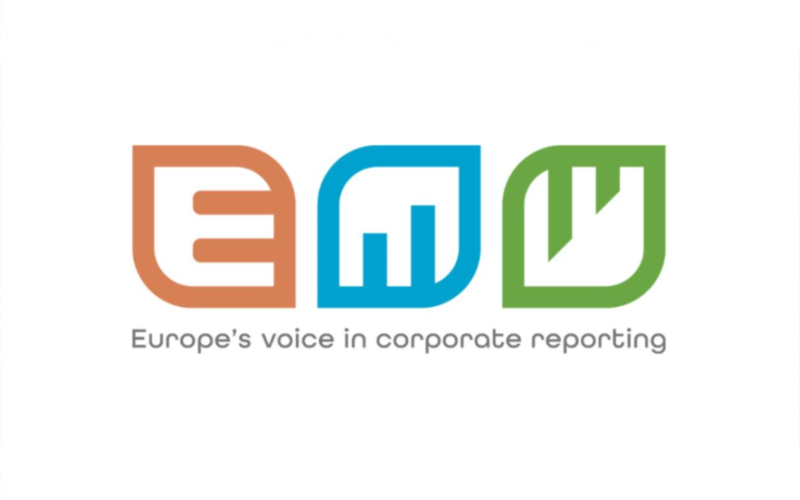EFRAG has released the ESRS Set 1 XBRL Taxonomy, alongside the XBRL Taxonomy for Article 8 disclosures, which was prepared at the request of the European Commission (EC). These digital taxonomies allow sustainability reports to be marked up in a machine-readable XBRL format, enabling streamlined and efficient reporting.
At the request of the EC, EFRAG developed the digital taxonomy for the ESRS standards adopted on July 31, 2023, and published in the Official Journal of the European Union on December 22, 2023. EFRAG, serving as the technical advisor to the EC, has ensured that the latest released XBRL taxonomy accurately reflects the human-readable ESRS standards.
This taxonomy will form the foundation for the European Securities and Market Authority (ESMA) to create Regulatory Technical Standards (RTS) for tagging the ESRS sustainability statements. These RTS will be adopted by the EC through a Delegated Act, amending the ESEF Regulation (Commission Delegated Regulation (EU) 2019/815).
While the digital tagging of ESRS is not yet mandatory, it will be required once the EC adopts the XBRL taxonomy as part of the ESEF RTS. In the interim, EFRAG encourages companies to voluntarily tag their ESRS statements using the XBRL taxonomy.
Following a public consultation on the draft XBRL taxonomy, EFRAG made several improvements, including adding new and improved validation rules to enhance data quality, introducing more specific references for each XBRL element and datapoint, improving Boolean elements for true/false disclosures, streamlining dimensional modeling for XBRL facts a d simplifying narrative XBRL elements by removing overlaps and reusing elements across standards.
The final ESRS Set 1 XBRL Taxonomy was approved by EFRAG’s governance bodies in July 2024. Although not yet mandatory, EFRAG recommends stakeholders use the taxonomy for preparing human-readable ESRS statements and consider voluntary tagging.
EFRAG has also published an “Explanatory Note and Basis for Conclusions,” which outlines the methodology and technical options considered during the development of the taxonomies. Additional documents, including an illustrated XBRL taxonomy in Excel and examples of XBRL reports, are available for download on EFRAG’s website. These supporting materials are provided by the EFRAG Secretariat and are non-authoritative.
Patrick de Cambourg, the EFRAG SRB Chair said, “The final ESRS Set 1 XBRL taxonomy marks a major milestone to enable machine-readable sustainability statements. The advanced approaches being implemented, especially for the tagging of narrative disclosures, are designed to increase the usability of ESRS statements and should meet the expectations of users (analysts, investors, etc.) as confirmed to EFRAG in many instances. We encourage companies to use the ESRS taxonomy for their first ESRS statements on a voluntary basis; it is a useful tool to structure disclosures and will increase their decision-usefulness. Let us not miss the opportunity to start with digital ESG disclosures from day one!”
Chiara Del Prete, the EFRAG SR TEG Chair commented, “We would like to thank all the stakeholders who provided useful feedback and supported EFRAG in its mission to enable digital ESRS disclosures. The ESRS Set 1 Taxonomy is the foundation for true digital sustainability reporting, once adopted by ESMA and the EC.”




















